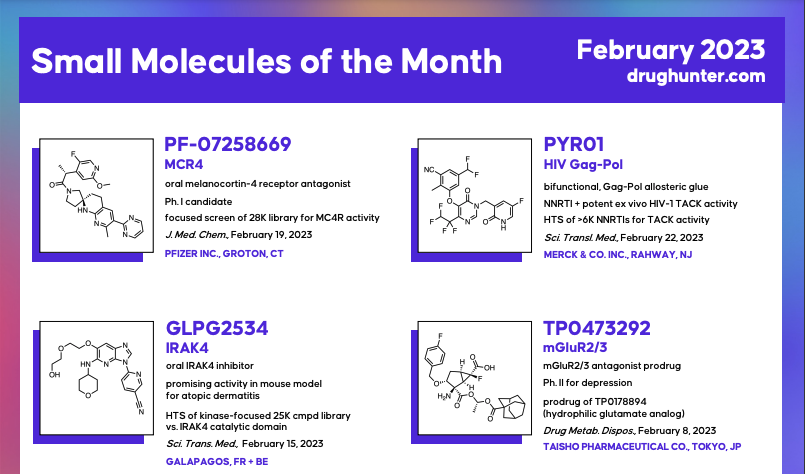Dennis X. Hu
Dennis is the CEO of Drug Hunter parent company Drug Hunter Inc., and Editor-in-Chief of Drug Hunter. Dennis started Drug Hunter because he felt science-focused
drug discovery professionals were underserved by existing media outlets. He
started his career as a drug discovery scientist at a now publicly-listed biotech
startup (RAPT), where he contributed to the discovery of a phase II drug candidate
for cancer immunotherapy. He later joined Genentech, a subsidiary of Roche, the
largest pharmaceutical company in the world by revenue. He has been a chemistry
and project team leader for several projects leading to patented and published
chemical matter. He earned his PhD in Chemistry from Stanford University, MPhil by
Research from the University of Cambridge on a Churchill Scholarship, and a dual
BA/MS from Northwestern University as a Goldwater Scholar.
More from Dennis
Join the Drug Hunter Mailing List
to get free content and resources weekly. Trusted by >8,000 drug hunters worldwide. Unsubscribe anytime.
